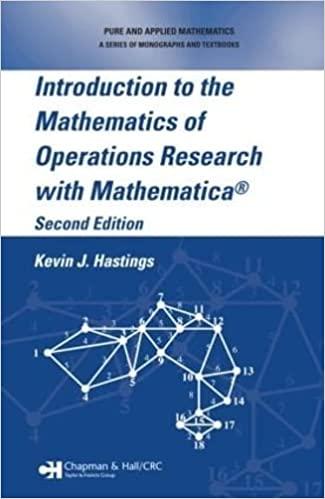Consider the Markov decision process illustrated by Figure 6.2. Suppose that the time horizon is (T=3), the
Question:
Consider the Markov decision process illustrated by Figure 6.2. Suppose that the time horizon is \(T=3\), the terminal reward function is \(R(x)=0 ; x=A, B\), and the per period reward function is \(r(A, 1)=4\), \(r(B, 1)=3, r(A, 2)=2, r(B, 2)=5\). For the policy \(\mathbf{u}\) that always uses action 1 at time 0 , action 2 at time 1 , and action 1 at time 2 , compute \(V(A, \mathbf{u})\) and \(V(B, \mathbf{u})\).
Fantastic news! We've Found the answer you've been seeking!
Step by Step Answer:
Related Book For 

Introduction To The Mathematics Of Operations Research With Mathematica
ISBN: 9781574446128
1st Edition
Authors: Kevin J Hastings
Question Posted:





